Fingerprint Lifted From Stonehenge Changes Everything Researchers Know About Its Mysterious Origins
For centuries, the origins of Stonehenge have remained a mystery to modern humans. Records about who created the structure or its purpose remain uncovered since its discovery in the 1620s.
However, researchers may have just answered one of the many mysteries surrounding the stones, thanks to their discovery of a new fingerprint chemically crafted from them.
The Origins of the Stones
Researchers have known for some time that the stones at Stonehenge are not native to the surrounding land. The variety of the stones’ compositions indicates that someone moved them from a source location to the Salisbury Plain in Wiltshire.
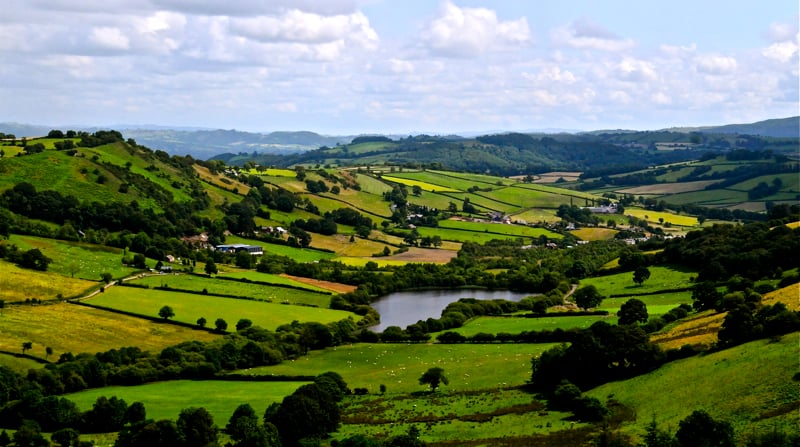
Source: William Franklin/Flickr
Scholars believe that the stones came from Wales, which is located nearly 145 miles north of the historical site. However, new research suggests that the rocks came from somewhere much farther away.
Crafting a Chemical Fingerprint
By analyzing the age and chemistry of mineral grains within fragments of the six-ton Altar Stone—the largest of the non-sarsen stones on site—the team was able to craft a chemical fingerprint of the stone.

Source: Christopher Furlong/Getty Images
The chemical composition of the rock was very different from rocks located in Wales but matched rocks from northeast Scotland, which is nearly 460 miles north of Stonehenge.
Looking at the Altar Stone for Answers
According to English Heritage, the Altar Stone is a large slab of greenish Old Red Sandstone located in the Brecon Beacons, just southeast of Wales. However, the new study, published in the journal Nature, discounts this long-held theory.
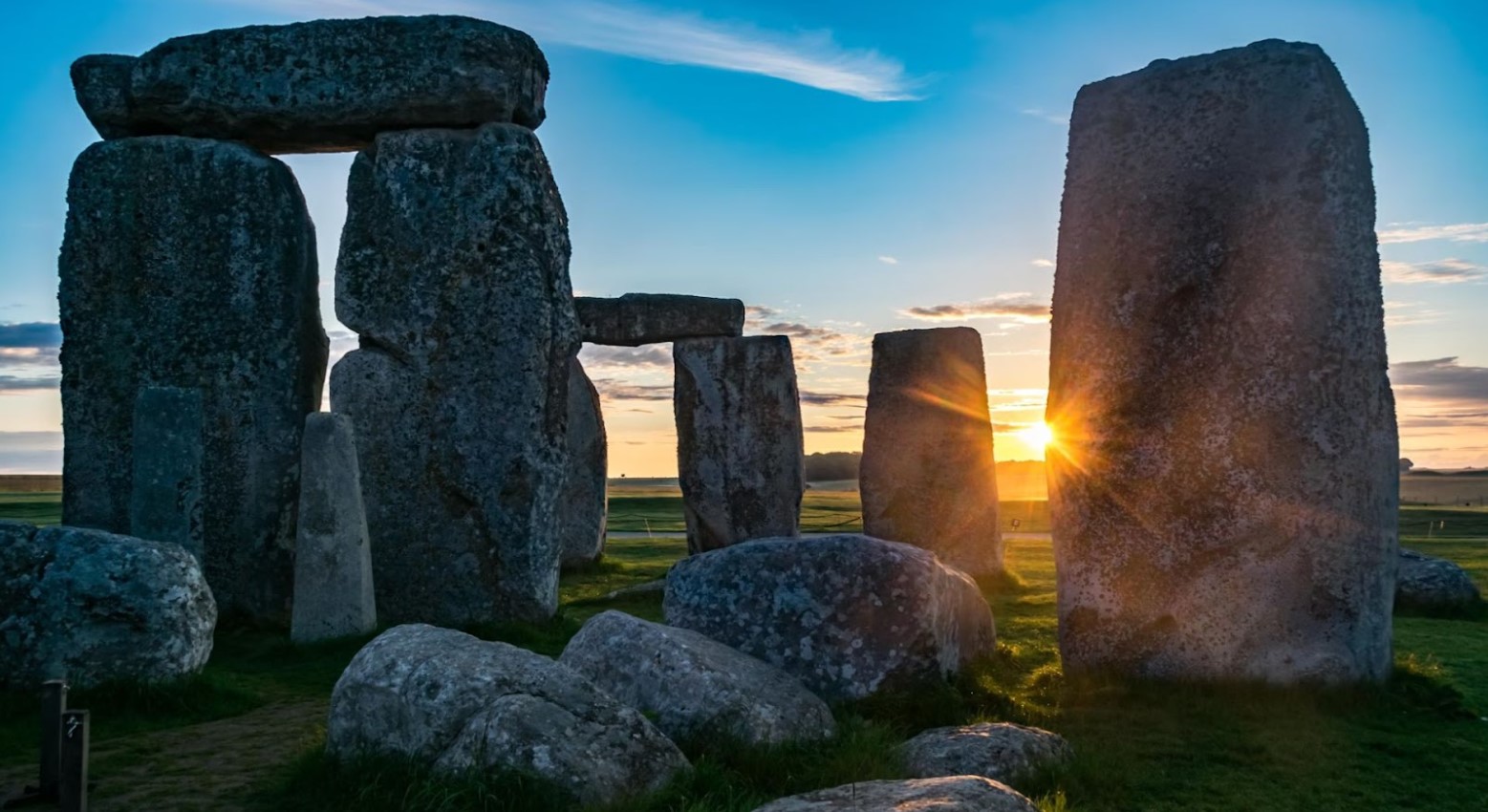
Source: Ankit Sood/Unsplash
Study co-author and professor at Aberystwyth University Richard Bevins stated that the chemical fingerprints have traced the iconic rock to Scotland.
Looking at the Mineral Grains
“Our analysis found specific mineral grains in the Altar Stone are mostly between 1,000 and 2,000 million years old, while other minerals are around 450 million years old,” Anthony Clarke, lead author and Ph.D. student from the Timescales of Mineral Systems Group at Curtin’s School of Earth and Planetary Sciences, said in a statement.

Source: Freepik
Researchers believe that people moved and positioned the stones used in Stonehenge between 2400 and 2200 BC, according to radiocarbon dating.
The Origins of the Altar Stone
Crafting the chemical fingerprint of the rocks gave researchers a better understanding of the rock’s origins and how the people of the Neolithic Stone Age were able to move and build structures at sites that held significance in their culture.
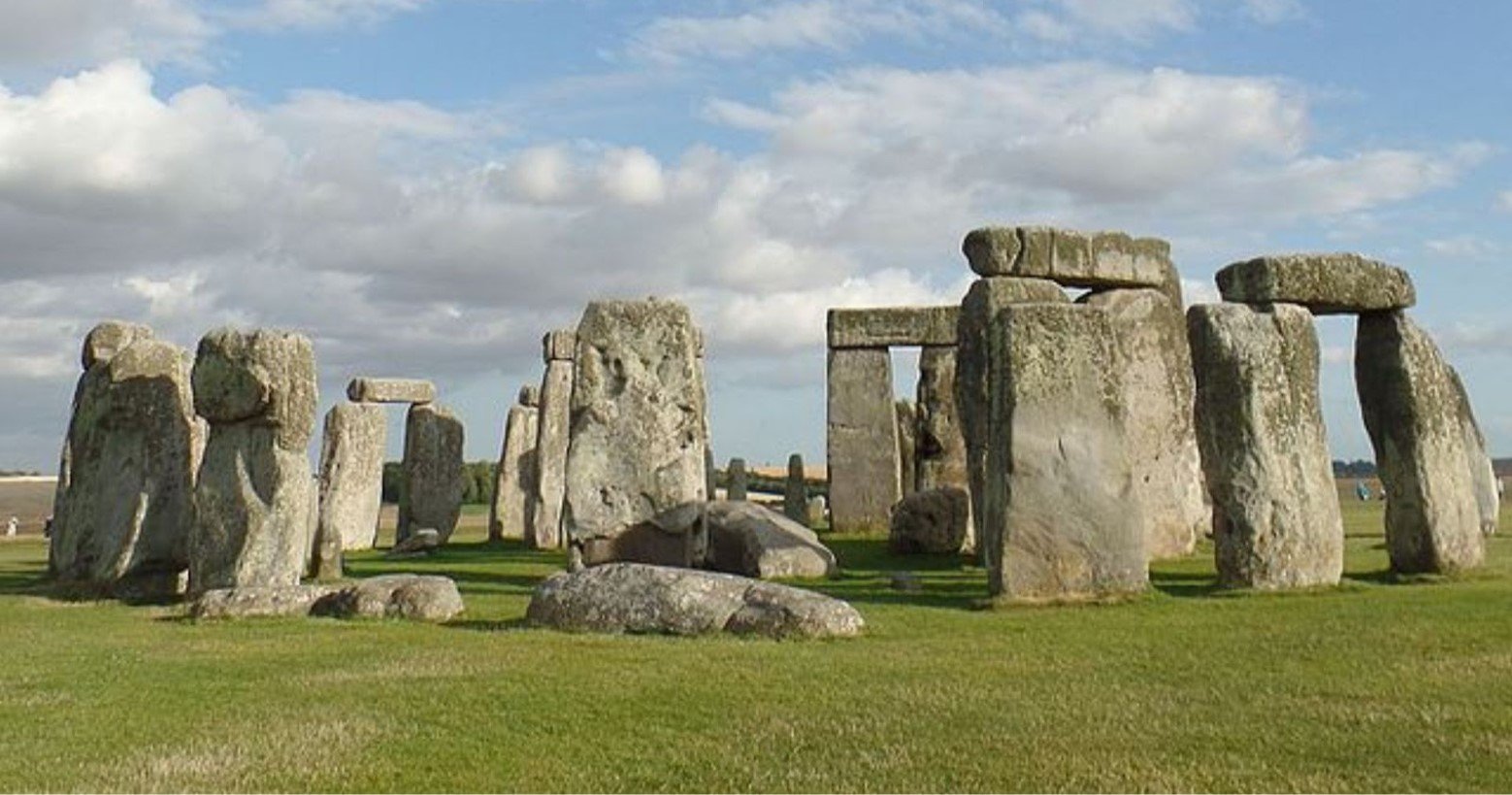
Source: Cody Logan/Wikimedia Commons
“This provides a distinct chemical fingerprint suggesting the stone came from rocks in the Orcadian Basin, Scotland, at least 750 kilometers (466 miles) away from Stonehenge,” Clarke noted.
Moving the Stones
Clarke mentioned that the Scottish origins of the stone raise further questions about the origins of Stonehenge. One of these questions is how people were able to transport massive stones so far during the Neolithic period.
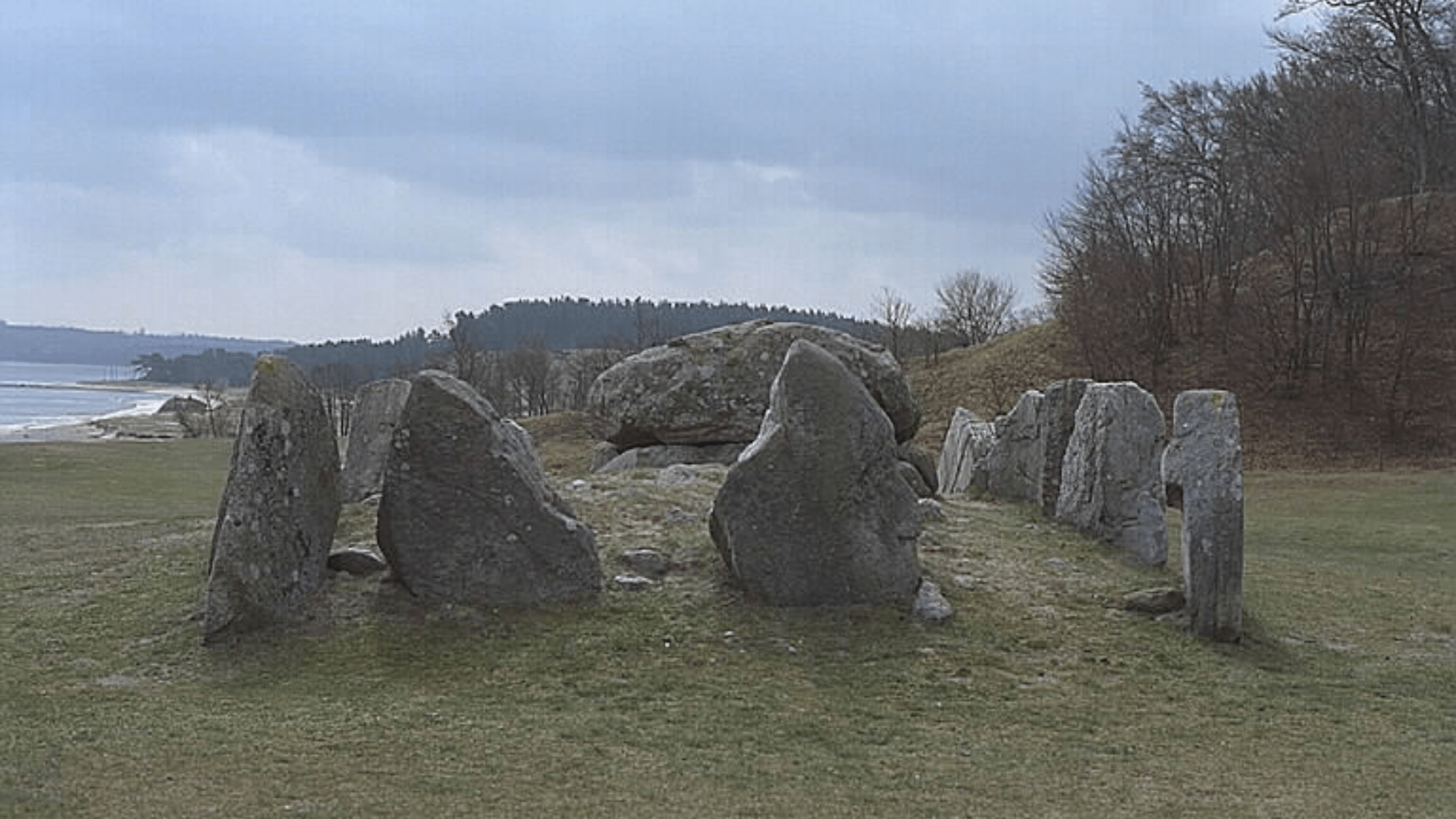
Swedish National Heritage Board/Wikimedia Commons
The author believes that a complex societal organization made up of hunter-gatherers would need unexpectedly advanced transport methods to move the stones.
Transporting Massive Cargo
Some of the sarsens, which could weigh more than 40 tons, were likely sourced from quarries 25 miles north of Salisbury Plain and are believed to have been transported with the help of sleds and ropes.

Source: Trish Steel/Wikimedia Commons
Researchers have traced the smaller bluestones to Wales and Scotland, with theories suggesting that people moved them over great distances using sleds and rollers made from tree trunks. The location of a nearby river has sparked theories that people used a fleet of vessels to move the stones.
An Ancient Transit System
“Transporting such massive cargo overland from Scotland to southern England would have been extremely challenging, indicating a likely marine shipping route along the coast of Britain,” Chris Kirkland, the study’s co-author and a Curtin professor, said in a statement.
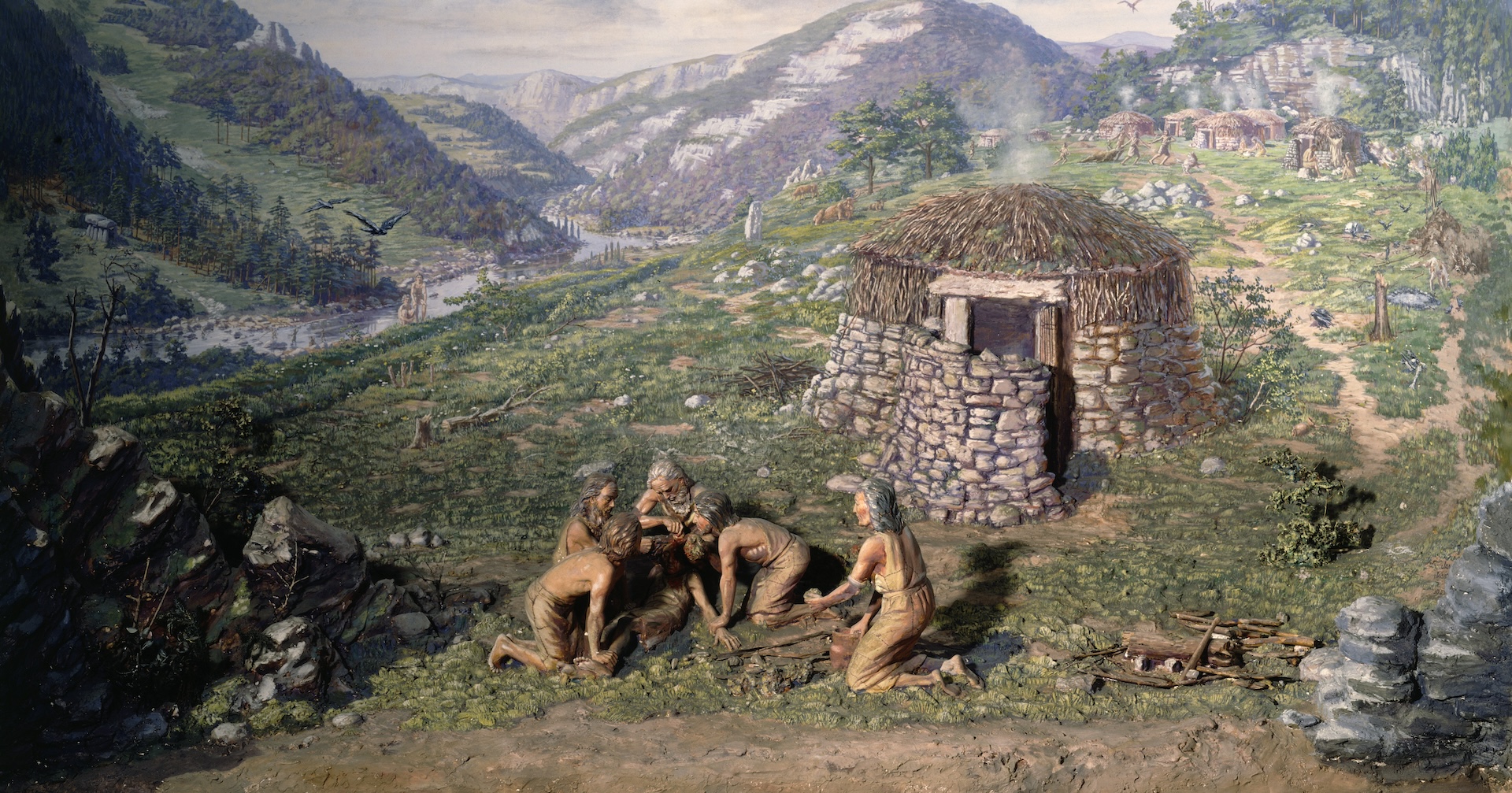
Source: Wellcome Images/Wikimedia Commons
“This implies long-distance trade networks and a higher level of societal organization than is widely understood to have existed during the Neolithic period in Britain.”
Built in Stages
Stonehenge was not built in a single day; instead, builders constructed it over time. Professor Parker Pearson and his team suggested in their 2017 and 2021 studies that the structure was built in stages, with the rocks often being moved to adapt to the structure.

Source: Wikimedia
Other recently discovered structures that date back to this New Stone Age period suggest that more advanced tools and thinking existed, contrary to modern beliefs about the simplistic nature of humans at that time.
The Purpose of Stonehenge
Archaeologists are currently discovering many structures from the era that were once hunting lanes, but Stonehenge does not share the characteristics of these ancient hunting lanes.
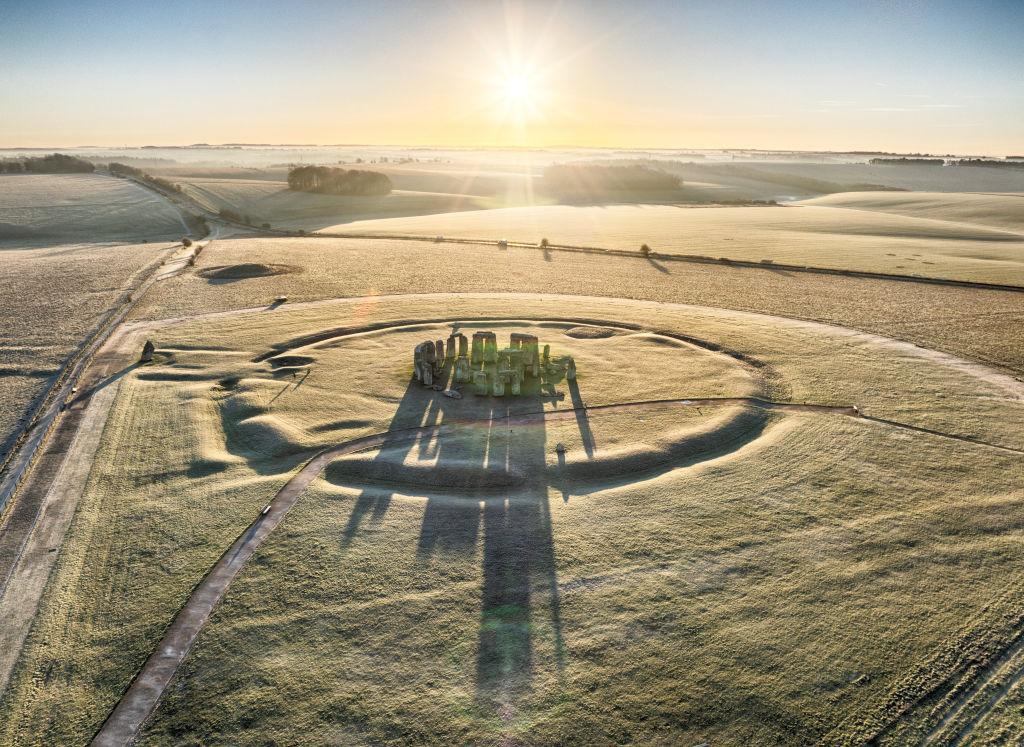
Source: Wikimedia
While we may never know the exact purpose of the stones, they held great significance for the people of the era, as the structure perfectly aligns with the sun’s path during the summer and winter solstices.
Highlighting Society in the Neolithic Period
Stonehenge is still shrouded in mystery, but one question has been answered about its origins. However, like most discoveries about the structure, the answer prompts further questions about the society that existed long ago.
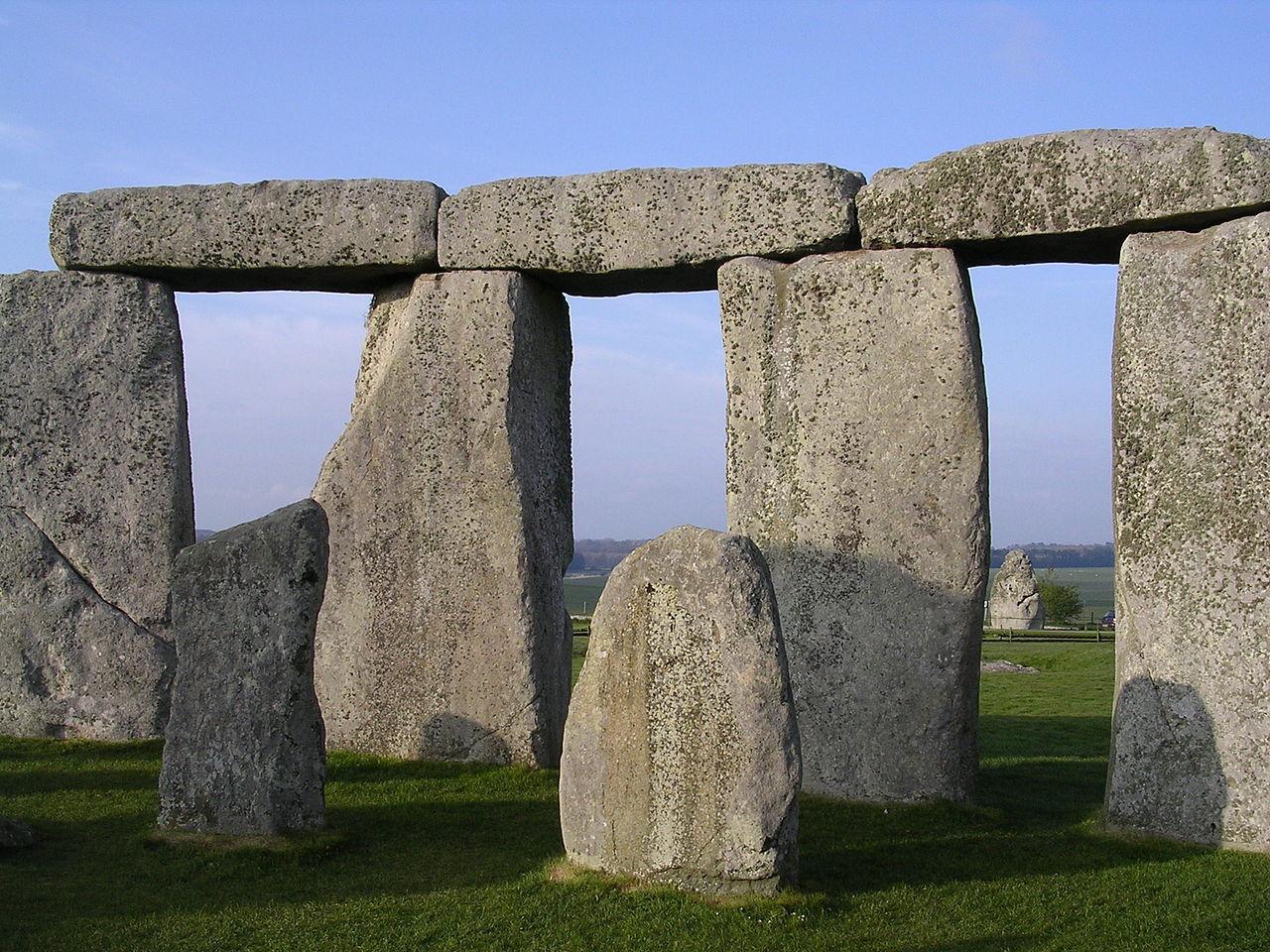
Source: Wikimedia
“Our discovery of the Altar Stone’s origins highlights a significant level of societal coordination during the Neolithic period and helps paint a fascinating picture of prehistoric Britain,” Chris Kirkland, study co-author and Curtin professor, said in a statement.
